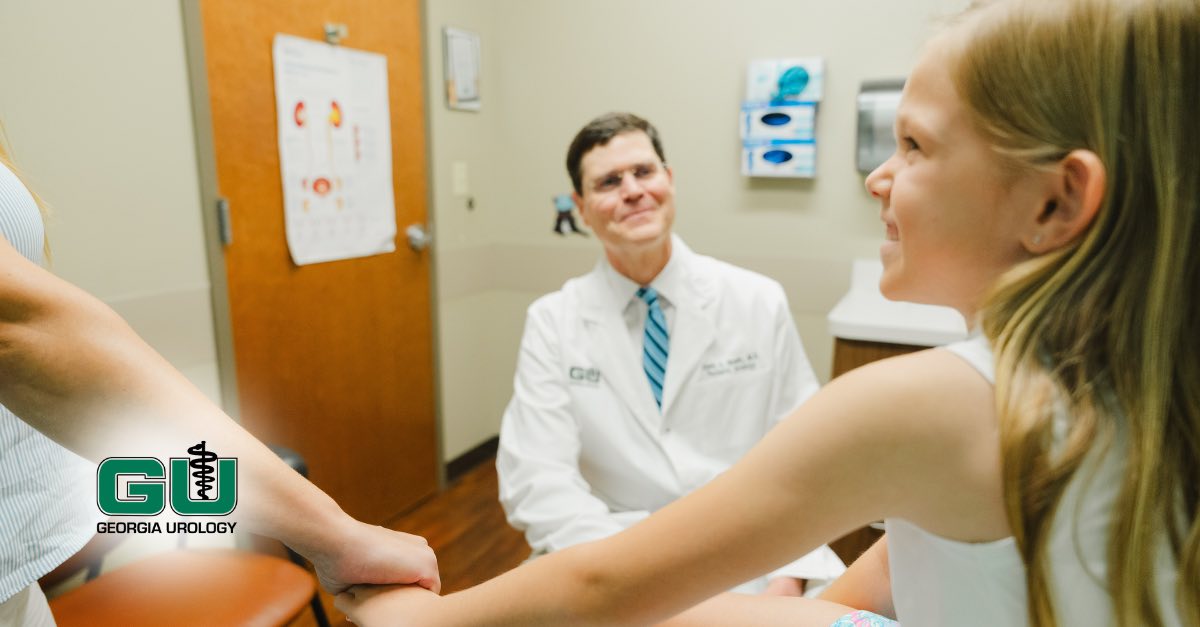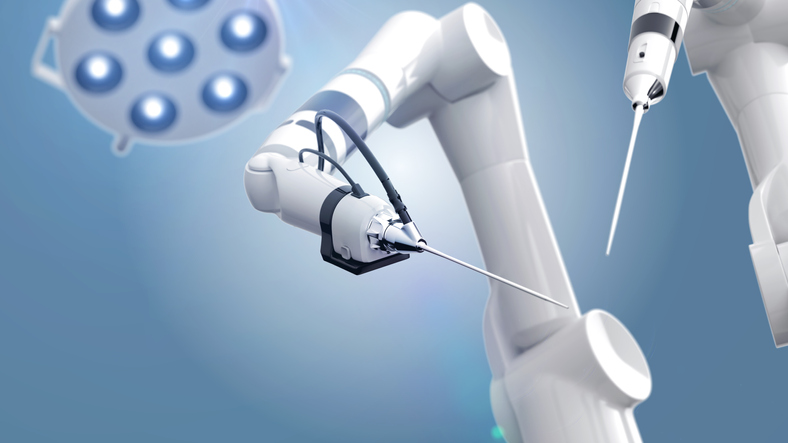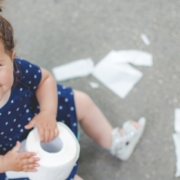Yes, Your Child Can Have a UTI! Learn How to Treat and Prevent
By Callie Duggan, MSN, RN, CPNP-PC
What Is a UTI?
A urinary tract infection (UTI) is an overgrowth of bacteria in the urine. UTIs can occur at any age and most often just affects the bladder, but the kidneys can also be involved. They are most common in females because the urethra (the tube we urinate from) is shorter in girls, making it easier for bacteria to enter the bladder. For males, UTIs are less common but can also happen, especially in uncircumcised boys.
Symptoms of a UTI
Symptoms of UTIs can vary and may depend on where the infection is located. Infections that are present in the bladder are called cystitis. Symptoms of cystitis include:
- Urinary urgency
- Incontinence during the day and/or night
- Frequent urination
- Painful urination or difficult urination
- Discomfort above the pubic bone
- Blood in the urine
- Foul-smelling urine
Sometimes the infection affects the kidneys, which is called pyelonephritis. A kidney infection is typically caused by a backflow of urine up the ureter into the kidney known as vesicoureteral reflux (VUR). Symptoms of pyelonephritis include:
- Fever (>101 Fahrenheit) (most common)
- Nausea and vomiting
- Chills
- Back or side pain below the ribs
- Fatigue
It is important to realize that each child is unique and may experience symptoms differently, or only some of these symptoms. It is important to always consult with a doctor for accurate diagnoses.
How to Treat a UTI
The first step in treating a UTI involves accurate diagnosis. This requires collecting a urine specimen for a urinalysis and urine culture. This tells us if an infection is present, and what the right antibiotic is to treat the infection. Do not start antibiotics prior to these tests as it can cause a false-negative result.
Potty trained children will leave a urine specimen in a sterile cup. Kids who are not potty trained, like babies and younger children in diapers, may require collection with a catheter (a small tube inserted into the bladder through the urethra). Urine specimens used to check for infection should not be collected with a bag due to the nearly 100% false-positive rate.
Individualized treatment for your child depends on the result of the urine culture and will be decided by your Georgia Urology provider. Imaging of the kidneys and bladder may be completed to evaluate for anatomical concerns. Most often, UTIs are caused by abnormal bathroom habits so your provider will likely recommend a bowel and bladder treatment program. Occasionally, UTIs are caused by abnormal urinary tract anatomy and further treatment may be required, such as prophylactic antibodies or surgical correction.
How to Prevent UTIs
UTIs are most often caused by bowel and bladder dysfunction. Bladder dysfunction can include infrequent urination, waiting until the last minute to urinate, difficulty relaxing pelvic floor muscles or issues with constipation. Treating these behaviors can significantly reduce the risk of UTIs.
Your child may be asked to schedule bathroom breaks every 2-3 hours to reduce holding behaviors. Your child should also increase water intake and limit bladder irritants such as caffeinated beverages, citrus containing beverages, and spicy foods.
Positional changes on the toilet may be recommended to encourage complete bladder and bowel emptying. Constipation is one of the leading causes of UTIs so your child may require a bowel regimen with a stool softener and/or fiber supplement. Children should be taught to promptly use the restroom when urge is felt. In girls especially, proper hygiene including wiping front and back, avoiding tight-fitting pants, wearing cotton underwear, and changing out wet clothes as soon as possible can also reduce the risk of UTIs.
To make an appointment with Georgia Urology’s pediatric team, schedule online or call one of our office locations.









